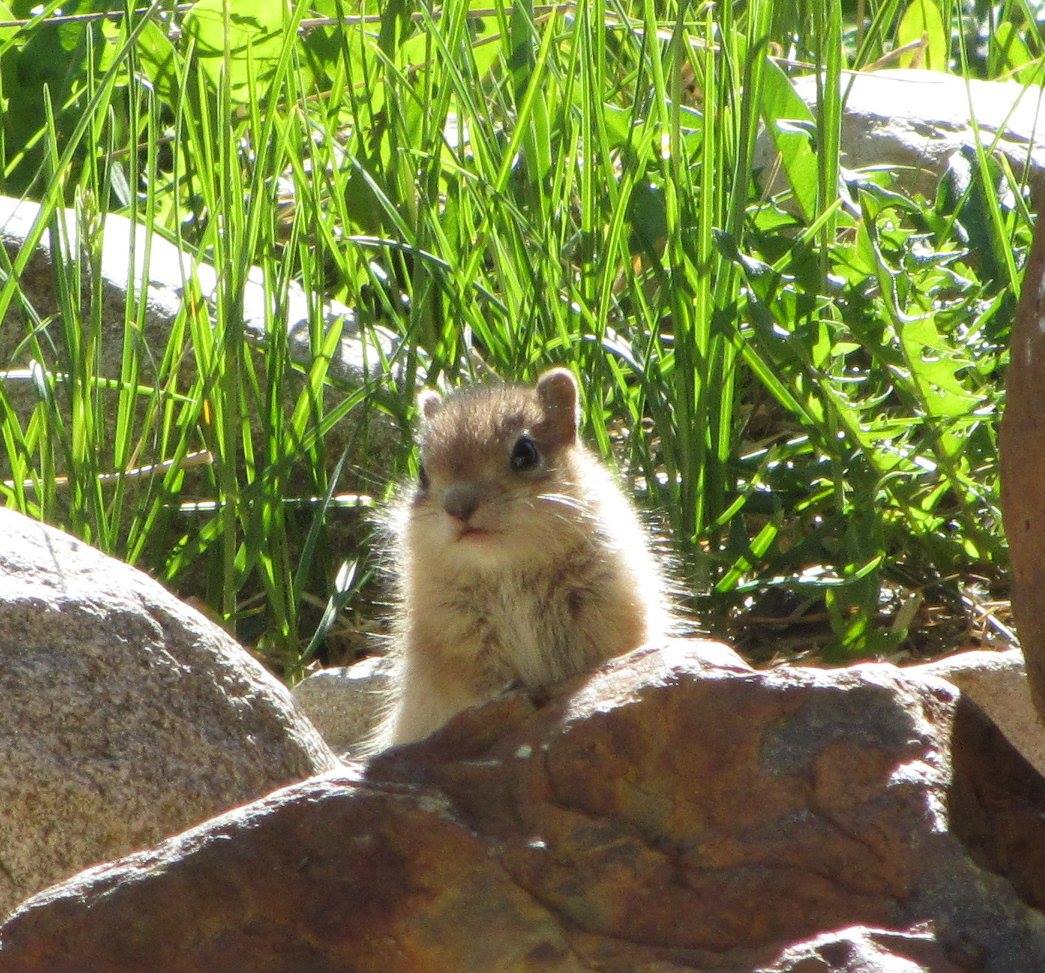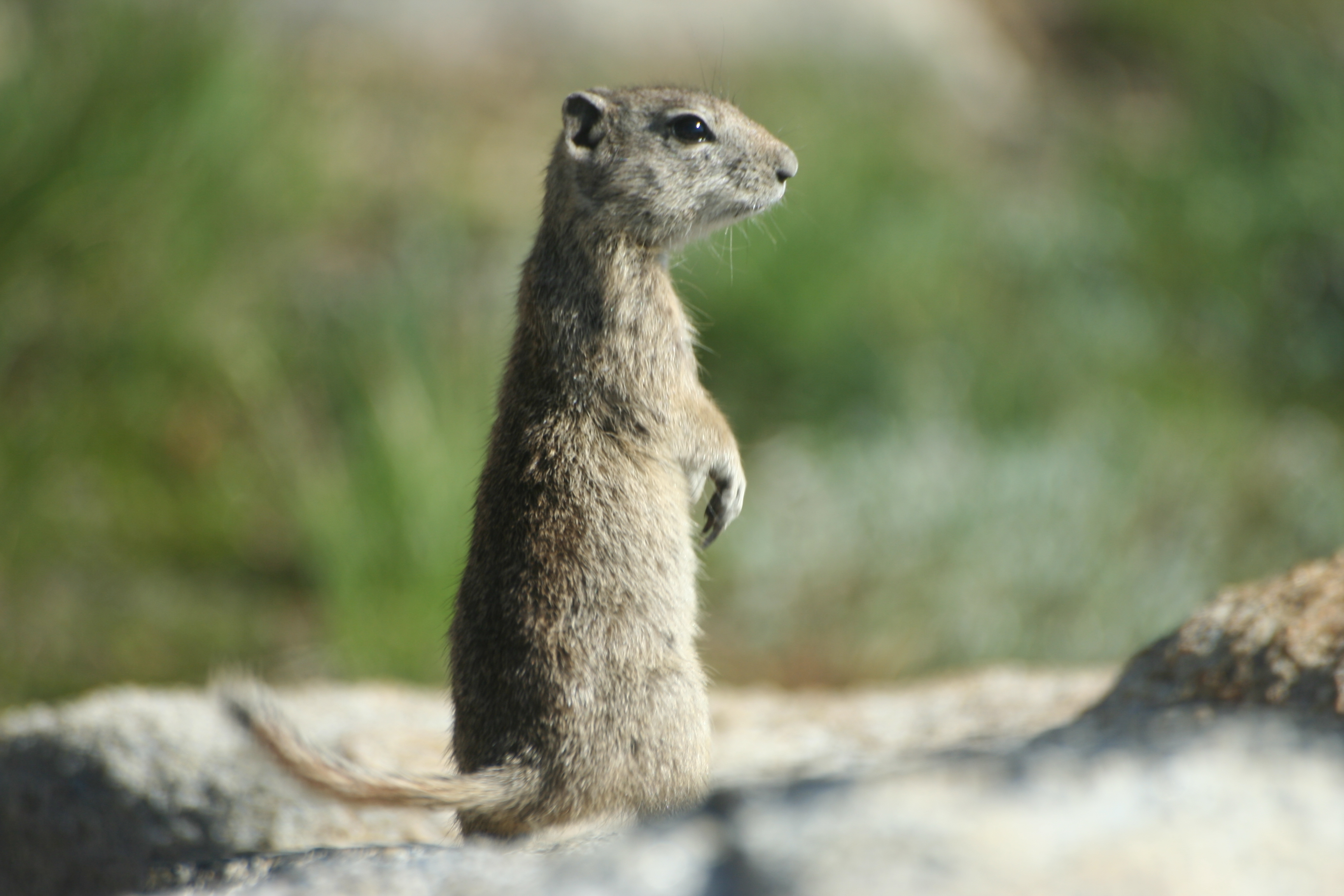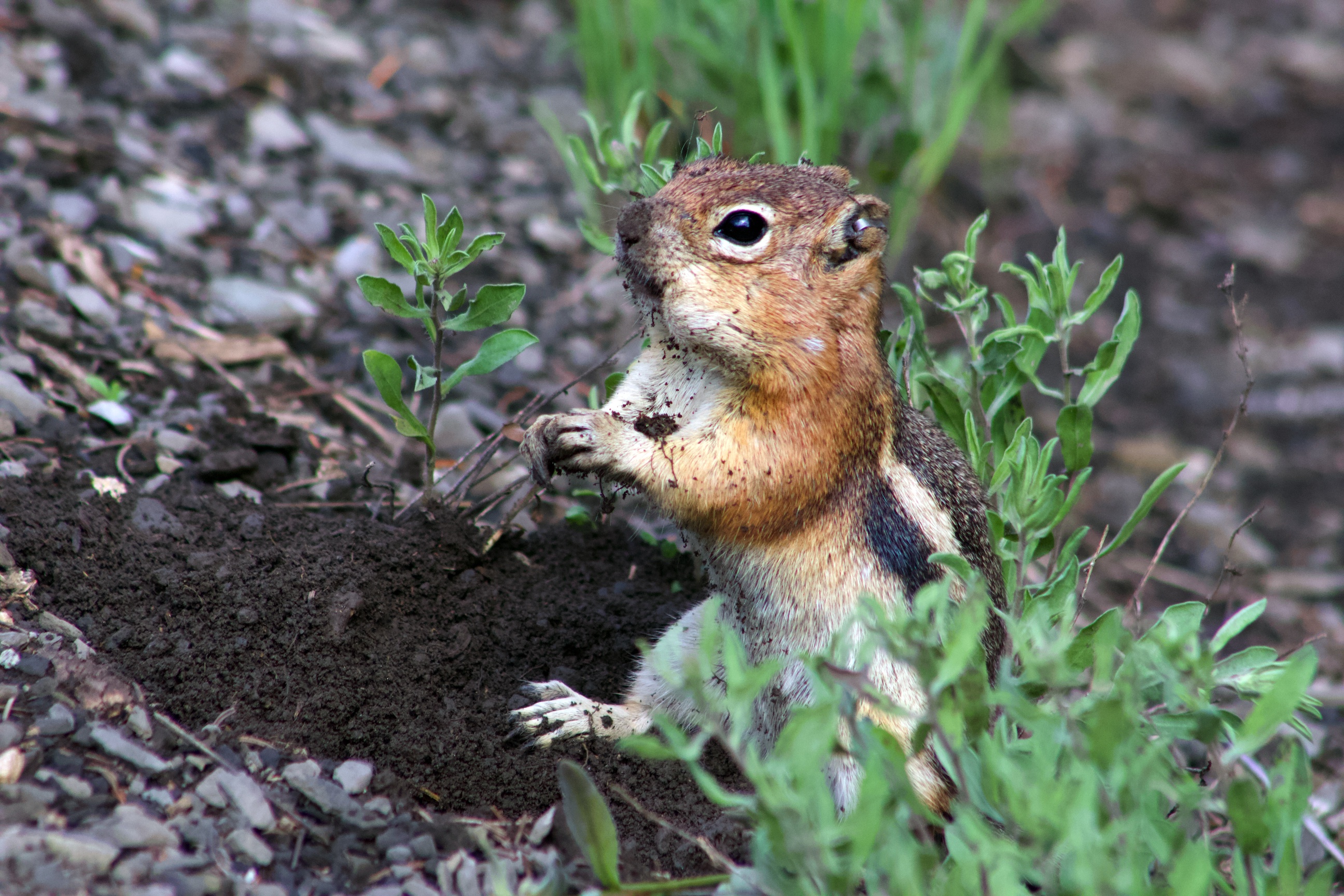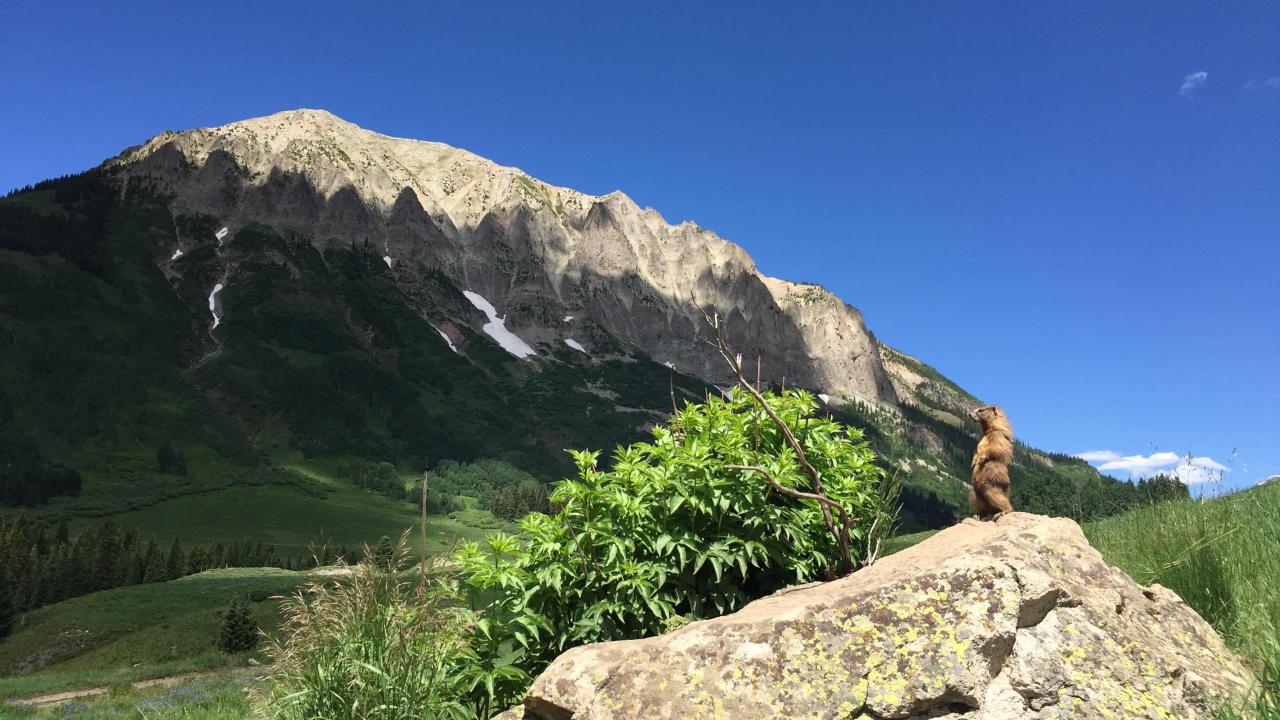As the climate changes, many species are expected to adjust where and how they live. Some are expected to seek cooler elevations as it warms, but what happens to species already at the top of a mountain? A study of squirrels living in California’s high-elevation Sierra Nevada indicates that climate is only one factor to consider when trying to predict where an animal will make its home in a changing world.
The study, led by the University of California, Davis, is published in the journal Ecology and Evolution and was conducted in alpine regions stretching nearly 200 miles from Alpine County just south of Lake Tahoe, along the spine of the Sierra and south to Tulare and Inyo counties.

The study characterizes the niche space of three species of squirrel: the yellow-bellied marmot, Belding’s ground squirrel and the golden-mantled ground squirrel. The authors analyzed nearly 6,000 observations of individual squirrels, collected from field survey data conducted over four years.
For this study, the “niche” describes all the conditions in the environment that are important for an animal to live in an area. Understanding the niche of animals helps scientists learn which changes are expected to most impact a species and, therefore, which animals may be most vulnerable to climate change.
“We’re trying from a conservation perspective to understand what will happen to these species as the world changes,” said lead author Aviva Rossi, who conducted the study while a UC Davis graduate student in the Department of Wildlife, Fish and Conservation Biology. “A quantitative analysis of what makes a species able to live where it lives allows us to bring that information forward, and better understand differences between species.”
What doesn’t change
Niche was defined not only by climate, but also by topography (like how steep an area was) and land cover (such as meadows or forests). Some of these nonclimate environmental conditions, like slope or the presence of rocks, rarely change.

Although all three squirrel species occur in the same region, they each use that space a little differently because their niche is different.
Grassland meadows were particularly important for yellow-bellied marmots and the Belding’s ground squirrel. Yet, within a meadow, marmots preferred drier conditions, while Belding’s ground squirrels favored wet vegetation.
Golden-mantled squirrels — a common sight at area campgrounds — preferred forested areas and do well with more snow-free days. Belding’s ground squirrels preferred having snow on the ground longer.
Even with these overall selection patterns, there can still be too much of a good thing in extreme years, Rossi said.

Mammals in high-elevation mountains are often perceived as vulnerable to climate shifts, the study notes. Yet, the results underscore the importance of including factors that go beyond climate when defining their niche.
Making better decisions
Rossi notes that climate change is often viewed through a lens of hope or despair, but the study illustrated how its impacts are more complex.
“There’s hope in some areas and not in others,” Rossi said. “If one species is there because of a meadow and another is there because of an outcropping of rocks, as the world changes, it may change where one species lives but not the other. We just want to better understand what’s likely to happen so we can make better conservation decisions.”

Personality Matters, Even for Squirrels
Nuts about squirrels? Learn the science behind their personalities.
The study’s co-authors include Robert Klinger of the U.S. Geological Survey, and Elise Hellwig and Dirk Van Vuren of the UC Davis Department of Wildlife Fish and Conservation Biology.
The study was funded through the USGS National Climate Change and Wildlife Science Center, Yosemite National Park, Sequoia and Kings Canyon National Parks, with support from the Gulch Environmental Foundation.
Media Resources
Media Contact:
- Kat Kerlin, UC Davis News and Media Relations, 530-750-9195, kekerlin@ucdavis.edu
